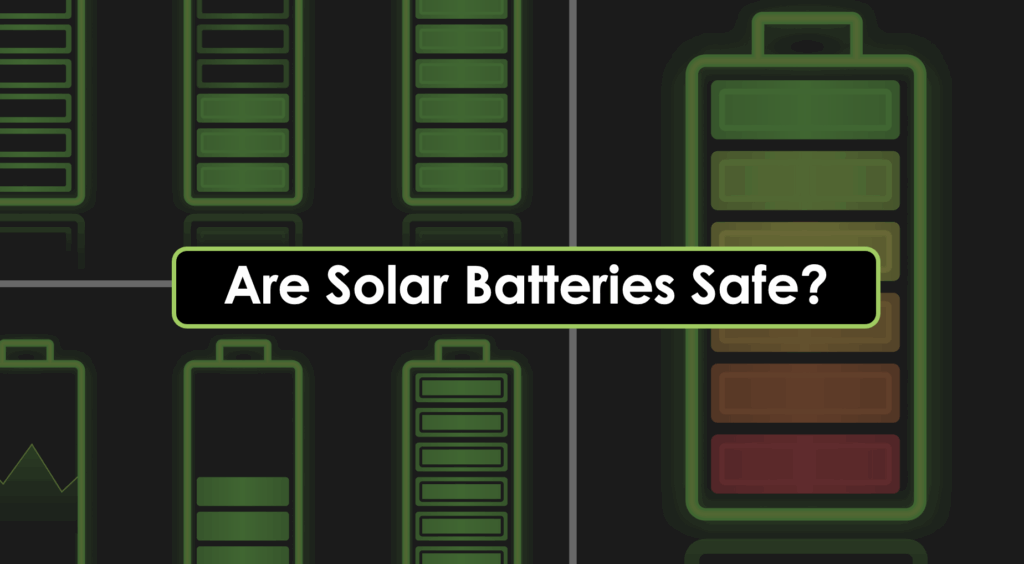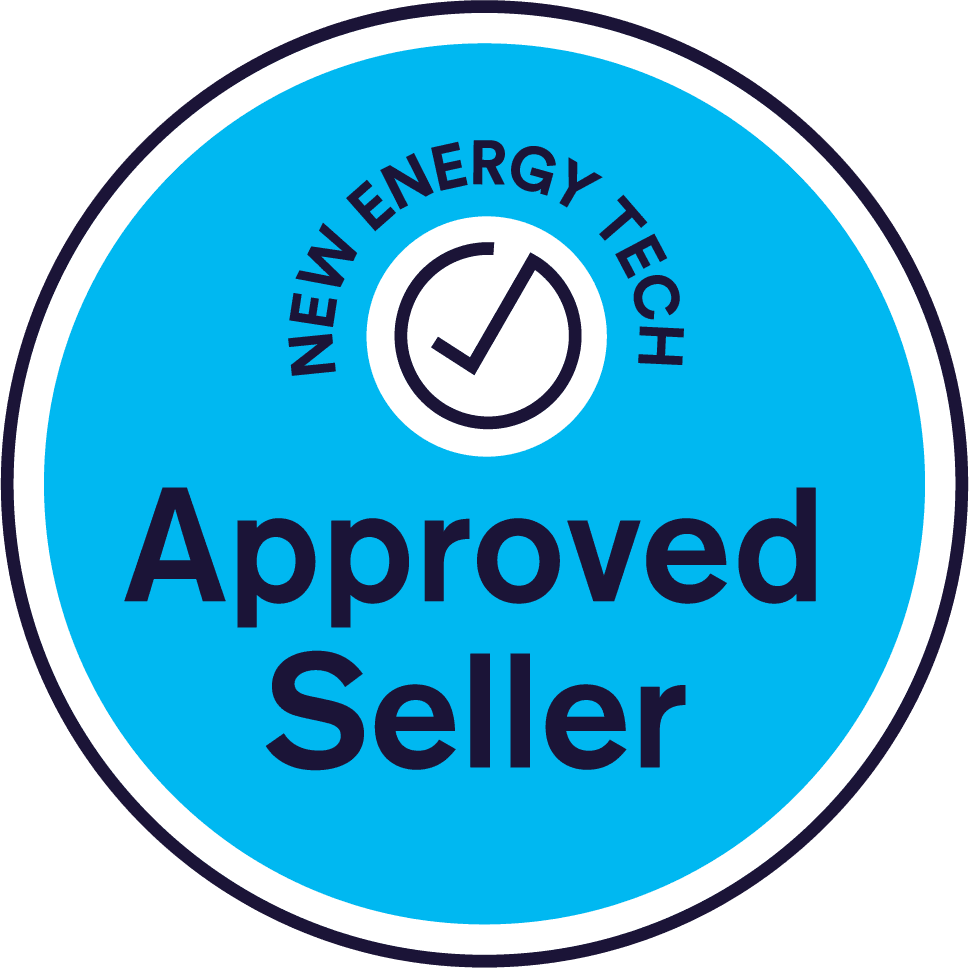Understanding Solar Battery Safety: What You Need to Know
Quick Answer: Solar battery safety is a growing concern for Australian homeowners. While modern systems are safer than ever, risks like thermal runaway, electrical faults, and poor installation still exist. Choosing the right battery technology, installer, and safety features significantly reduces those risks.

What Is Solar Battery Safety and Why Should You Care?
As solar batteries become increasingly popular in Australia, largely due to government rebates, concerns around their safety are growing too. Fires linked to lithium-ion batteries make headlines, and naturally, this can raise questions for homeowners considering battery storage.
The truth? Modern battery systems are safer than ever—but not all are created equal.
Understanding solar battery safety means knowing how batteries can fail, what best-practice manufacturers are doing to reduce risks, and how you can choose a system that protects your family and investment.
The Main Risk: Thermal Runaway
Thermal runaway is the most significant risk in lithium-based batteries. It’s a chain reaction where a cell overheats and triggers neighbouring cells, leading to fire or explosion. Causes include:
- Electrical abuse: Overcharging, deep discharge, or short circuits
- Mechanical abuse: Physical damage or vibration
- Thermal abuse: Nearby fire or high ambient temperatures
While the statistical fire risk is very low (approx. 0.007%), thermal runaway remains the core concern among industry professionals and safety experts.
What Causes Thermal Runaway?
1. Electrical abuse: Overcharging and short circuits are major causes. Even minor overcharging can create lithium dendrites, which can pierce cell separators and trigger internal short circuits.
2. Mechanical damage: Dropping or crushing a battery can lead to localised heat build-up and cell rupture.
3. Thermal abuse: Nearby heat sources or fires can push cells beyond their safety limits.
These triggers can be prevented—but only with robust hardware, smart charging algorithms, and rigorous testing.
Best Practice Safety Features to Look For
1. Safer Battery Chemistry: LFP vs. NCM
| Battery Type | Key Material | Fire Risk | Lifespan | Safety Rating |
|---|---|---|---|---|
| LFP (LiFePO4) | Iron phosphate | Very Low | Long | High |
| NCM | Nickel, cobalt, manganese | Higher | Medium | Moderate |
LFP batteries, like those used in Sigenergy’s SigenStor, are significantly safer than NCM alternatives. Their chemistry is more stable and less prone to overheating.
2. Full-System Solar Battery Safety Engineering
Battery safety isn’t just about chemistry. The best manufacturers integrate:
- Dynamic battery charging maps (adjust charge based on temperature & health)
- Hardware-based overcharge cutoffs (not reliant on software alone)
- Smart full-charge cutoffs to prevent lithium plating and extend lifespan
- Thermal insulation between cells and casing to prevent heat transfer
- Multiple temperature sensors for real-time thermal monitoring
- Decompression valves to release gas buildup
- Integrated fire extinguishers to suppress ignition events

3. Safe Installation and System Design
Even the best battery can be dangerous if poorly installed. Leading manufacturers like Sigenergy use:
- Modular, stackable systems to avoid external wiring faults
- Quick connectors that eliminate miswiring
- System-wide fault protection, including:
- DC ground fault protection
- Arc fault circuit interrupters
- PV disconnect mechanisms
- Grid isolation breakers
Professional installation by a NETCC-approved provider like GI Energy is non-negotiable.
4. Rigorous Testing and Certification For Solar battery Safety
Look for systems with:
- IEC 62619 certification (international safety testing for battery cells)
- UL 9540A (thermal runaway test on full battery packs)
- Proven results in third-party thermal runaway testing (not just compliance)
Some manufacturers go beyond these certifications by designing hardware and firmware that actively mitigate risks long before they reach a critical point.
5. Real-Time App Monitoring
Modern apps allow both installers and homeowners to:
- Monitor battery temperature, voltage, and state of charge
- Get alerted to abnormalities early
- Prevent issues before they escalate
This remote visibility empowers homeowners and supports proactive maintenance.

Are Some Brands Safer Than Others?
Yes. Brands like Sigenergy, Tesla, and BYD have advanced safety systems. But even among top brands, not all models are equal.
Look for:
- LFP chemistry
- Full system safety integration
- Certification beyond minimum standards
- Transparent third-party testing
Want a detailed comparison? Check out our post: Best Solar Battery in 2025
FAQs: Solar Battery Safety
Is it safe to have a battery installed in the garage or indoors?
Yes—if the battery has low voltage architecture (under 36V), thermal insulation, and proper certifications. Always follow manufacturer and installer guidelines.
Do all solar batteries come with fire extinguishers?
No. Very few do. Leading-edge systems like Sigenergy’s SigenStor include this as a last line of defense.
Can I add safety features to an existing battery?
Not typically. Safety features must be built-in at the design level. That’s why choosing the right battery upfront is crucial.
How can I tell if a battery is safe?
Ask for IEC 62619 and UL 9540A certifications. Request details on insulation, monitoring, and overcharge protection.
Do solar batteries cause house fires?
Incidents are extremely rare, but possible. Most issues stem from poor design or installation, not the battery itself.
Is Tesla Powerwall safe?
Yes, but it uses NMC chemistry, which has a lower thermal threshold than LFP. It has strong safety features but isn’t inherently as thermally stable as some LFP models.
Key Takeaways
- Thermal runaway is the main safety concern in lithium-ion batteries.
- Choose LFP chemistry for a safer, more stable battery.
- Look for systems with advanced thermal management and fire suppression.
- Proper installation is essential.
- Only trust certified products and installers.
Thinking About a Solar Battery?
See if you’re eligible for the new rebate and request a personalised safety-first battery recommendation today.
About GI Energy GI Energy is an award-winning Australian solar and battery installation company with over a decade of experience. Known for ethical practices, high-performance systems, and exceptional after-install support, GI Energy is trusted by homeowners, councils, schools, and major businesses nationwide.
We have reviewed some major battery brands:











